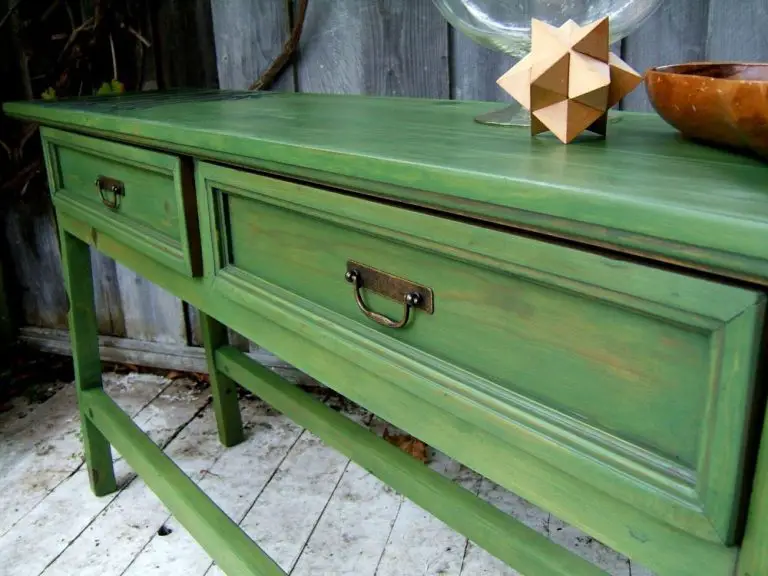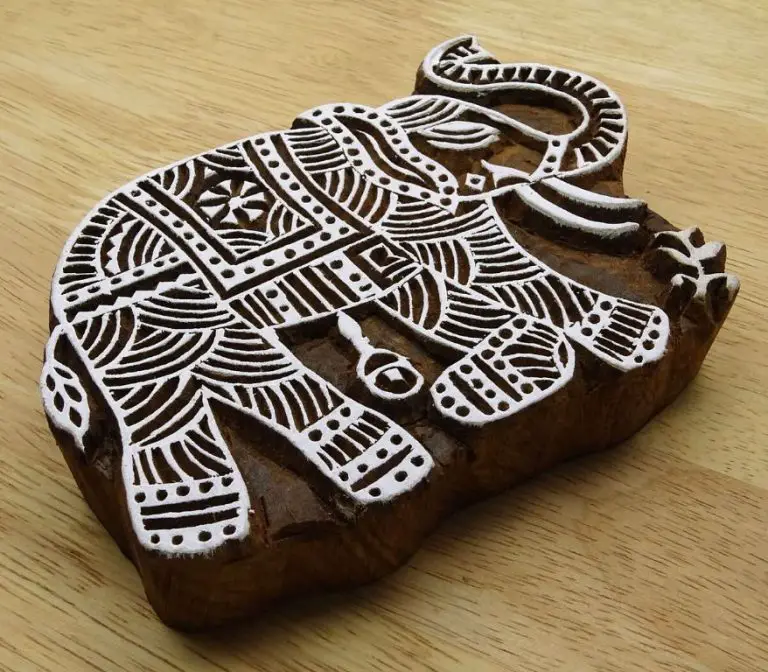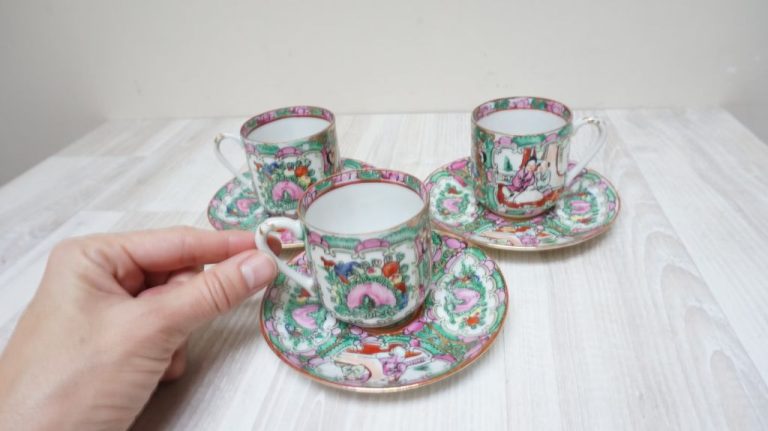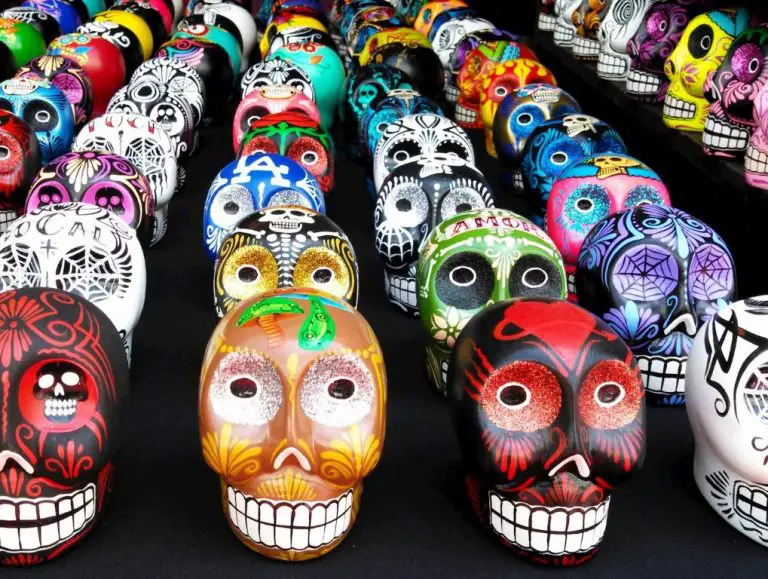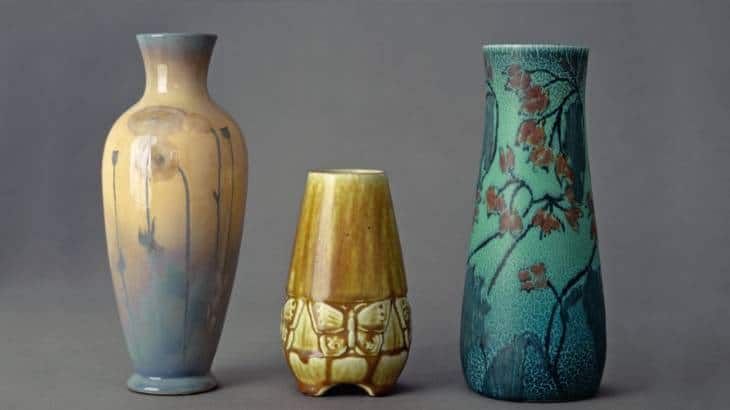What Can We Mould With Clay?
Clay is a fine-grained natural material that consists of very small mineral particles mixed with water. It can be molded when wet and turns hard and solid when fired at high temperatures. Clay has some unique properties that make it versatile for moulding pottery, sculpture, and other objects.
Clay has been used to make pottery and other objects for thousands of years in cultures worldwide. Some of the earliest known clay usage was by the Jomon people of ancient Japan over 14,000 years ago. Clay figurines from around 30,000 years ago have also been found in areas of Eastern Europe and Eurasia (The Emergence of Pottery in West Asia).
There are many different types of clay that have varying characteristics. Earthenware clay contains high amounts of iron and other minerals and is more porous after firing. Stoneware clay is less porous and vitreous china clays can be fired at very high temperatures to be non-porous and glass-like. Some clays are also more plastic and easier to work with for sculpting and shaping.
Pottery
Clay has been used to create pottery and ceramics for thousands of years. There are several techniques used to shape and form clay into pottery including throwing, handbuilding, and sculpting [1]. Throwing involves using a pottery wheel to shape the clay. Handbuilding relies on techniques like pinching, coiling, and slab construction to manually form the clay. Sculpting uses tools to carve shapes from solid clay.
There are many different styles of pottery that can be functional, decorative, or both. Some examples include earthenware, stoneware, porcelain, and terracotta. Earthenware is porous, Terracotta is a red colored earthenware, stoneware is nonporous and vitrified, and porcelain is highly vitrified and pure white. Pottery can be glazed or painted for decorative purposes while still maintaining functionality.
Clay pottery spans functional items like plates, bowls, mugs, and vases to purely decorative sculptures, figurines, and wall art. The durability and heat resistance properties of clay make it ideal for tableware and cooking vessels. Its malleability allows artisans to craft beautiful decorative objects. The choices are nearly limitless for items that can be moulded from clay.
Sculptures
Clay is an extremely versatile material for sculpting. Its malleability allows artists to shape it into endless forms and details. Clay can also be fired into terracotta or ceramic to create durable sculptures.
Some popular techniques in clay sculpting include:
- Hand modeling – squeezing, rolling, and pinching the clay into shapes
- Using armatures – shaping clay around wire frames or other structures
- Carving – cutting away excess clay to reveal forms
- Mold making – pressing clay into plaster molds to duplicate shapes
Throughout history, clay has been used to create famous sculptures across many cultures. Some examples include:
- The Terracotta Army – thousands of ceramic soldiers made for the burial of Chinese Emperor Qin Shi Huang.
- Venus of Willendorf – a Paleolithic figurine depicting an idealized female form.
- Michelangelo’s David – the iconic Florentine Renaissance marble statue was first modeled in clay before carving.
Clay allows sculptors to capture minute details like folds of clothing or facial expressions. It can be used to create anything from miniature figurines to monumental statues. Ceramic and terracotta sculptures are valued for their artistry and preservation through the ages.
Tiles
Clay is an excellent material for making tiles for floors, walls, countertops, and other surfaces. The clay can be shaped into tiles of any size and thickness using molds or handforming techniques. Once shaped and dried, the tiles are fired in a kiln to harden and strengthen them. Firing changes clay’s molecular structure, turning soft clay into a durable ceramic material.
Glazes and decorations can be applied to clay tiles before the final firing to add color, shine, patterns, and visual interest. Glazes are glass-like coatings made from silica, fluxes, and colorants. They create a watertight seal and decorative finish. Decorative techniques like stamping, carving, painting, and inlay can also enhance clay tiles.
Clay tiles are an attractive and practical surfacing material. They are water-resistant, easy to clean, and long-lasting. Clay tiles add unique visual appeal with diverse shapes, textures, and colors. Handcrafted clay tiles lend a personal artistic touch to any space.
Jewelry
Clay can be used to create beautiful jewelry pieces like beads, pendants, rings and earrings. Polymer clay is especially popular for jewelry making as it doesn’t require firing and has a smooth, plastic-like finish when baked. According to Lydia Utley, some beginner techniques for making polymer clay jewelry include marbling, Mokume Gane, and Terrazzo designs (https://lydioutloud.com/how-to-make-polymer-clay-jewelry-for-beginners/).
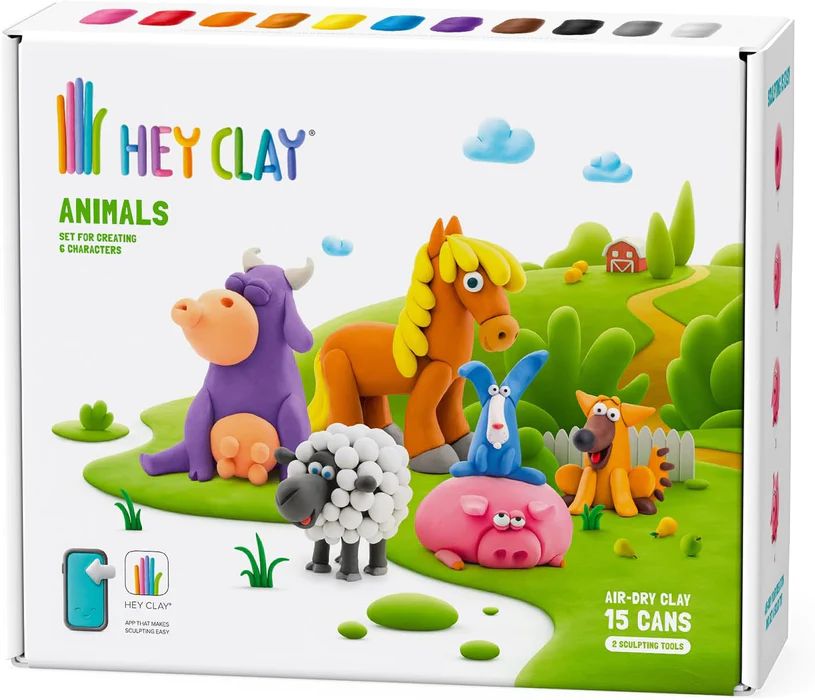
When making clay beads, pendants or rings, you can shape the clay by hand, use molds or cutters, or create cane slices. Clay earrings can be made by shaping clay into earring posts and attaching clay shapes as danglers. Pieces must be thoroughly baked according to package instructions to harden the clay before applying any coatings or findings.
For non-polymer clays like terracotta, pieces will need to be fired in a kiln to harden and glaze them before turning them into jewelry. Glazes create a glassy coating and can add color. Jewelry findings like clasps, bails, and earring posts can be attached after firing using strong adhesives like E6000 glue.
Home Decor
Clay is a versatile material that can be molded into many decorative objects to beautify your home. From planters to wall hangings, clay allows you to add custom, handmade touches. Here are some ideas for home decor you can create with clay:
Making planters, vases, bowls, and cups with clay allows you to craft receptacles that perfectly match your home’s style. Planters in different shapes, sizes, and colors can hold plants to bring nature indoors. A handmade vase provides a unique way to display fresh or dried flowers. Bowls and cups made from clay make functional yet decorative additions to kitchens, dining rooms, and other living spaces.
Clay wall hangings and decorative pieces like plaques, clocks, candle holders, and more can personalize your home. Wall hangings featuring molded designs, engraved textures, or painted motifs exhibit your own artistry. Plaques and signs with words, phrases, or images add character throughout the home. Molded candle holders, pencil holders, and trays add personalized flourishes to shelves and tables.
Tableware
Clay is commonly used to create tableware items like plates, bowls, cups, and teapots. When working with clay, it’s important to use food-safe glazes that do not contain lead or other toxic materials. This ensures the clay pieces can be used for eating and drinking safely.
Clay is an ideal material for tableware because it is durable, can be formed into various shapes and sizes, and holds heat well. Glazing clay tableware creates an impermeable surface that is easy to clean. Clay absorbs liquid slowly, so a glazed clay mug or bowl will not sweat or require a coaster.
Clay tableware brings an organic, handmade feel to any meal. The colors and textures of clay dinnerware can enhance the dining experience. Clay is also more environmentally sustainable than many disposable tableware options.
Whether creating a set of dishes for everyday use or a special occasion, clay is a versatile material for crafting beautiful, functional tableware items.
Toys & Games
Clay is a fun, creative material that can be used to make a variety of toys and games for kids. Many parents encourage clay modeling as an engaging hobby that develops fine motor skills, creativity, and imagination in children. There are many types of clay toys on the market, as well as opportunities for DIY clay projects at home.
Clay modeling sets are classic toys that come with clay and sculpting tools, allowing kids to shape little figures like animals or food items. Popular brands like Play-Doh or Crayola Model Magic provide colorful, air-drying clays that are easy for small hands to mold. tactile experience helps kids learn and develop cognitive skills.
Kids can also create their own chess pieces, game tokens, or dice out of polymer clay. Homemade clay game accessories allow for unique, customized designs. Guiding kids through DIY clay chess sets, playing cards, or board game pieces enables them to personalize standard games. Not only is it engaging, but the hands-on, tactile experience helps kids learn and develop cognitive skills.
Sources:
https://www.wantitall.co.za/brands/hey-clay/toys-and-games/toys/p1
https://www.facebook.com/KidsPartyIdeasIndia/
Tools & Supplies
When working with clay, having the right tools and supplies is essential for creating high quality pieces. Here are some of the key items you’ll need:
Clay Types
There are several types of clay to choose from, each with different properties suited to particular projects. Some common types include:
- Earthenware – Lower firing temperature, porous, best for items like pottery and ceramic sculpture.
- Stoneware – Denser, less porous, higher firing temperature, good for pottery and sculpture.
- Porcelain – Very fine clay, fires at highest temps, excellent for delicate pottery.
Firing Temperatures
Clay requires firing in a kiln to harden it. Firing temperature ranges include:
- Low fire – Up to 2,100°F, suitable for earthenware.
- Mid-range – 2,100-2,300°F, good for stoneware.
- High fire – Over 2,300°F, required for porcelain.
Glazes
Glazes are applied before firing to color and decorate clay surfaces. Consider factors like firing range, opacity, color, and special effects.
Tools
Essential tools include pottery wheels, sculpting tools, cutting wires, ribs, sponges, brushes, and more for shaping, smoothing, carving, and detailing clay pieces.
Kilns
Kilns are essential for firing clay at high temperatures to permanently harden and set it. Popular types are electric and gas kilns.
Firing Techniques
Firing techniques include single firing, bisque firing, raku firing, saggar firing, and more. Choose a technique based on the clay type, desired effects, and firing capabilities.
Conclusion
In summary, a wide variety of items can be molded and shaped using clay. From functional pieces like tableware and tools, to decorative items like sculptures, jewelry, and home decor, clay is an incredibly versatile material for arts and crafts. With the right techniques, clay can be formed into almost any shape the crafter desires.
Working with clay allows for immense creativity and enjoyment. The tactile experience of handling the clay, sculpting it into your desired forms, and seeing the final fired pieces is meditative and gratifying. As we’ve explored, clay craft spans many categories from pottery to tile design and beyond. With an open imagination, clay can become beautiful vases, dishes, figurines, jewelry pieces, wall hangings, and more.
Clay craft is an enriching and relaxing hobby that allows makers to express their creativity. The versatility of clay means crafters will never run out of new things to make. From beginners to experts, working with clay provides a sensory, hands-on experience that results in one-of-a-kind pieces.

